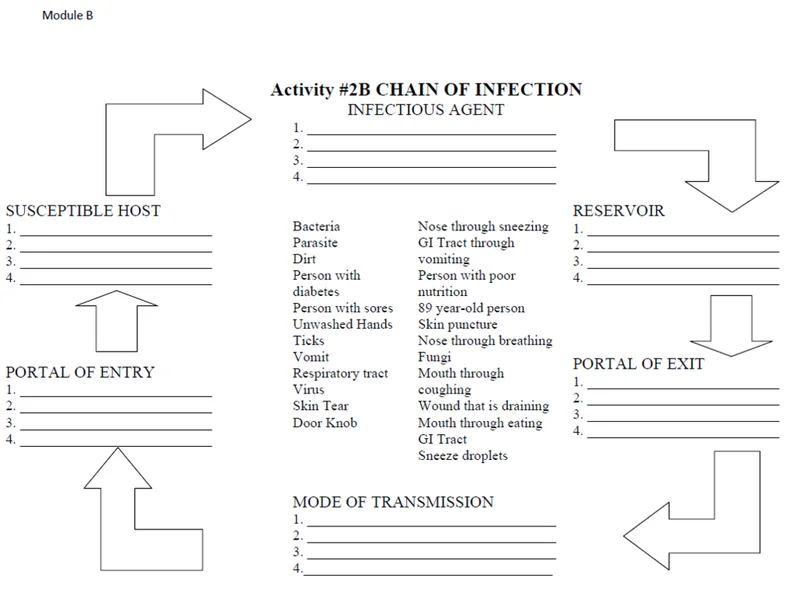Jack's Donuts' Chapter 11 Filing: What the Numbers Actually Reveal
When a 60-year-old company files for Chapter 11 bankruptcy, the immediate assumption is a slow, painful decline—a failure to adapt to changing tastes or new competition. But the case of Jack’s Donuts of Indiana Commissary LLC isn’t a story of slow decay. It’s a case study in a rapid, self-inflicted implosion, driven by a single, catastrophic strategic decision. The numbers in the court filing don’t suggest a company that withered away; they point to one that sprinted off a cliff.
The filing, made in the U.S. Bankruptcy Court for the Southern District of Indiana, lays out the discrepancy in stark terms. The company lists over $14 million in liabilities—$14.2 million, to be exact—against a mere $1.4 million in property assets. This isn’t just a bad quarter; it’s a balance sheet in ruins. And when you trace the timeline, the source of this financial crater becomes painfully obvious. It all began in October 2023.
The Commissary Miscalculation
In business school, the concept of centralization is taught as a path to efficiency. Consolidate production, standardize the product, reduce overhead, and increase margins. On paper, the decision by Jack's Donuts CEO Lee Marcum to open a massive central production and distribution center (what they called 'The Commissary') likely looked like a stroke of genius. The plan was to streamline operations for its 24 locations and numerous franchisees.
But here’s where the spreadsheet logic diverged from market reality. Marcum didn’t just offer the commissary as an option; he reportedly mandated that franchisees stop making their own donuts on-site. They were ordered to sell their baking equipment, lay off their skilled workers, and instead purchase finished products delivered from the central facility. In doing so, they gave up the one thing that differentiated a beloved local donut shop from a convenience store shelf: freshness.
The customer feedback was immediate and brutal. The new products were compared to “gas station donuts.” This isn't just anecdotal chatter; it's crucial qualitative data that signals a fundamental product failure. Franchisees reported that sales and revenue had been dipping for the last 18 months, a period that correlates perfectly with the commissary’s operational timeline. The very strategy designed to save money was actively destroying the brand's value and revenue streams. How could a management team so profoundly misread its own customer base? Was there any pilot program, any market testing, before this top-down mandate was enforced across the entire system?

I’ve analyzed dozens of corporate restructurings, and this is a classic case of what I call 'spreadsheet brain.' The logic looks clean in a presentation: centralized production lowers unit cost. But it ignores the messy, qualitative data that actually drives a consumer business like this one. The "asset" of a fresh, locally-made product was never on the balance sheet, so when they eliminated it, they didn't realize they were wiping out their most valuable competitive advantage.
A Cascade of Debt and Deflection
The financial consequences of this decision cascaded quickly. The new commissary wasn't just a strategic failure; it was an expensive one. The $14.2 million in liabilities isn't old, lingering debt. It's largely new debt, incurred to build and operate a facility that alienated customers and kneecapped franchisees. Among the more than 100 creditors are companies like Carter Logistics, a trucking firm that sued for over $700,000 in allegedly unpaid bills—for delivering the very donuts that customers were rejecting. There's a grim irony in going into debt to distribute a product that is actively sinking your company.
In response to the bankruptcy filing, the company issued a statement that is a masterclass in corporate deflection. "Our stores remain open, our teams are at work, and our commitment to quality, tradition, and community remains unchanged," it reads. This is, to put it mildly, difficult to reconcile with the facts. Their "commitment to quality" was the first thing they sacrificed. Their "commitment to tradition" was abandoned when they forced 60-year-old businesses to stop baking.
The statement also carefully notes that "independently owned franchises are not subject to this action." While legally true, it’s functionally misleading. The franchisees may not be in bankruptcy, but their businesses have been directly damaged by the franchisor's decisions. They were the ones who had to face customers with an inferior product and watch their sales decline. It’s no surprise that some have reportedly called for the CEO to resign. Why should they have confidence in a leadership team whose central strategy led the parent company directly into bankruptcy court?
This Chapter 11 filing isn't a liquidation. It's a chance to reorganize. But reorganization requires a clear-eyed diagnosis of the problem. The problem wasn't the market, the economy, or the franchisees. The problem was a single, fatal decision to trade the soul of the business for a flawed vision of efficiency. The path forward will require more than just restructuring debt; it will require a complete reversal of the philosophy that got them here. Will they have the humility to do it?
A Failure of Calculation, Not of Doughnuts
Let's be perfectly clear. Jack's Donuts didn't file for bankruptcy because people stopped liking donuts. It filed for bankruptcy because its leadership fundamentally misunderstood what they were selling. They thought they were in the business of logistics and scalable food production. They were wrong. They were in the business of selling a fresh, comforting, locally-made product, and they systematically dismantled the infrastructure that allowed them to do that. This wasn't a market failure or an act of God. It was a management failure, born from an equation that forgot to include the most important variable: the customer.
Tags: donut chain files chapter 11
McDonald's Quiet Tech Takeover: The Hidden AI and What It Means for the Future of Food
Next PostBerkshire Hathaway's Record Cash Pile: A Data-Driven Look at What It Signals for the Stock
Related Articles
